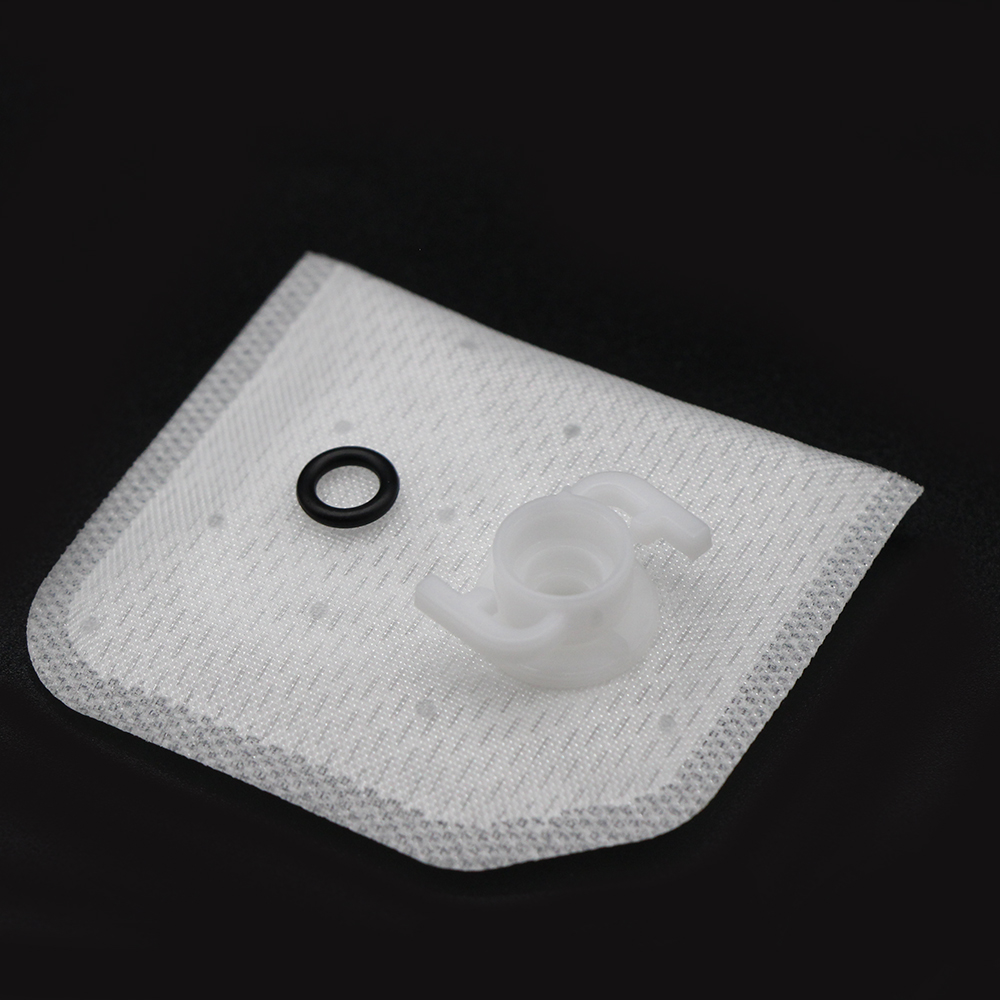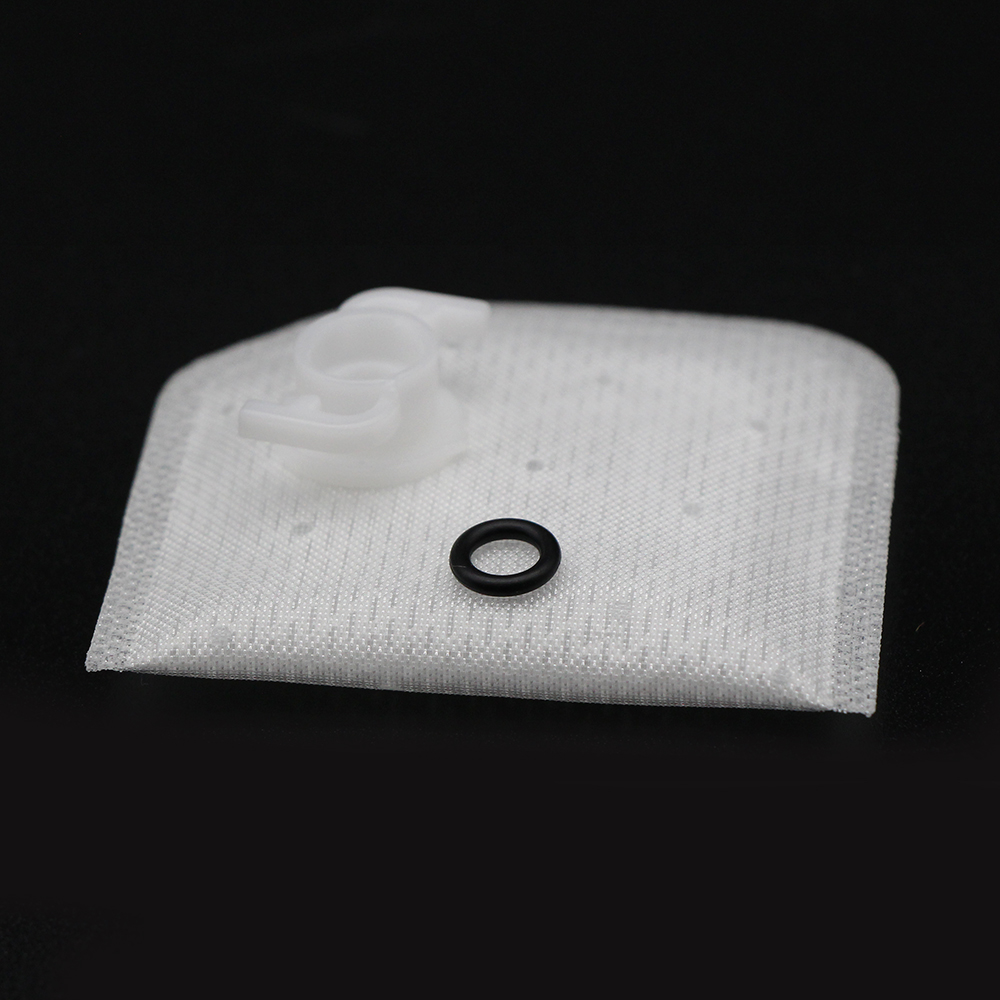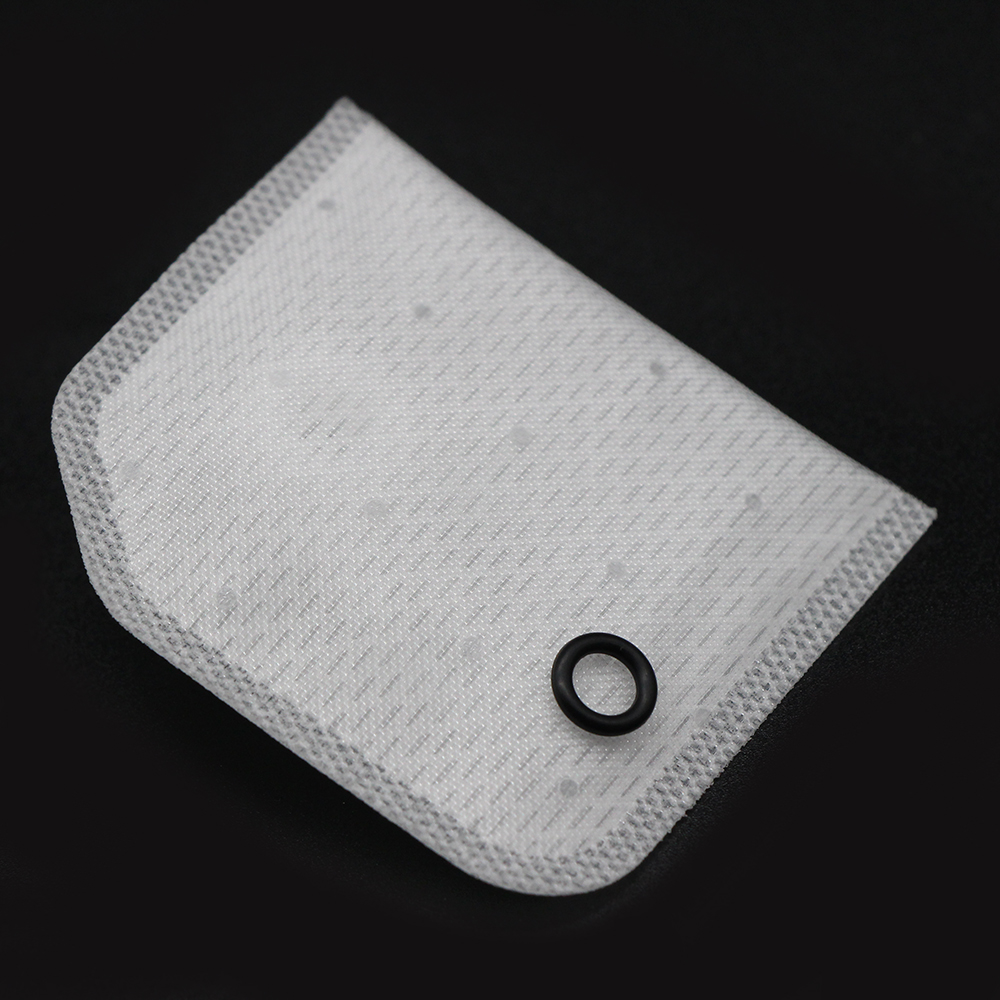
Gexpress Is a Startup Dedicated to You. Shop With Confidence—Refunds Are Easy Through !




Product Installation Instructions for Motorcycle Fuel Pump Filter
Tools Needed:
- Socket Wrench Set - for loosening and tightening bolts.
- Screwdriver Set - flat and Phillips head screwdrivers for various screws.
- Pliers - for gripping and removing hoses or clamps.
- Fuel Line Disconnect Tool - if applicable, for easier removal of fuel lines.
- Rags or Shop Towels - to clean up any spills.
- Safety Glasses - to protect your eyes during installation.
- Gloves - to protect your hands from fuel and debris.
- Container - for catching any fuel that may spill during the removal process.
Installation Steps:
-
Preparation: Ensure the vehicle is turned off and park it in a well-ventilated area. Allow the engine to cool completely.
-
Relieve Fuel Pressure: Depending on the model, locate the fuel pump fuse and remove it. Start the engine and let it run until it stops, relieving the fuel pressure.
-
Remove Fuel Lines: Using the fuel line disconnect tool, carefully disconnect the fuel lines from the old fuel pump filter. Be sure to have rags handy to catch any fuel that may spill.
-
Disconnect the Old Filter: Use the socket wrench or screwdriver to remove any bolts or screws securing the old fuel pump filter in place.
-
Install the New Filter: Position the new fuel pump filter in place. Secure it using the bolts or screws that were removed earlier.
-
Reconnect Fuel Lines: Attach the fuel lines to the new filter, ensuring they are secure to prevent leaks.
-
Reinstall the Fuel Pump Fuse: Replace the fuel pump fuse to restore power to the fuel pump.
-
Test for Leaks: Turn the ignition on without starting the engine to pressurize the fuel system. Check for leaks around the filter and fuel lines.
-
Start the Engine: Start the engine and let it idle. Monitor the operation to ensure the filter is functioning correctly and there are no leaks.
-
Clean Up: Dispose of any rags used to catch spills in accordance with local regulations.
Note:
Always consult the vehicle’s service manual for specific instructions related to your model. If you are unsure or uncomfortable performing this installation, consider seeking assistance from a professional mechanic.

